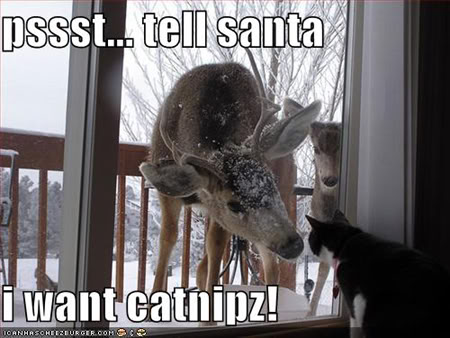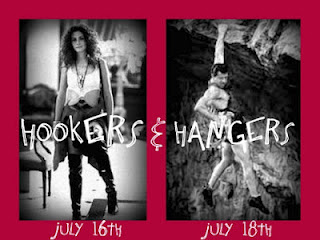Purple Prose:
blog
The New Adult Book Giveaway

Exercise Blog Hop

Promotion Ickies

Turning Your Blog into a Website

Website: To Be or Not To Be

Creating Kick-Ass Book Blurbs

The Next Big Thing

The Subtle Knife: Writing Characters Readers Trust But Shouldn’t

The Vicious Cycle of Bullying

Hookers and Hangers Bloghop
Hookers and Hangers Bloghop
Those Wise Characters

Getting it Right the First Time?

Soul Mates?

Going Badass!

Is It Getting Hot In Here? (Kissing Blog Hop)

Origins Blogfest: Where My Writing Dreams Began

The Twelve Days of Christmas for Writers: Day Ten

Spamming or Promotion???? (aka How to Get Readers to Want Your Book)

Kick A** 2011 Debut Author Spotlight

